Orchid Flowers Started to Wilt... why?
counselor4444
16 years ago
Featured Answer
Sort by:Oldest
Comments (9)
mehitabel
16 years agoRelated Professionals
Willowick Landscape Architects & Landscape Designers · Milford Landscape Contractors · Brunswick Landscape Contractors · Dunwoody Landscape Contractors · The Woodlands Landscape Contractors · Washington Landscape Contractors · Ashburn General Contractors · Chowchilla General Contractors · Country Walk General Contractors · ‘Ewa Beach General Contractors · Markham General Contractors · Montclair General Contractors · Overlea General Contractors · Titusville General Contractors · Palm River-Clair Mel General ContractorsAMYQofU
16 years agoAMYQofU
16 years agoorchid126
16 years agocounselor4444
16 years agocounselor4444
16 years agosweetcicely
16 years agoalbertan
16 years ago
Related Stories

HOUSEPLANTSHow to Grow Orchids Indoors
Orchids are the exotic aristocrats of the flower world and can make themselves comfortable in almost any home
Full Story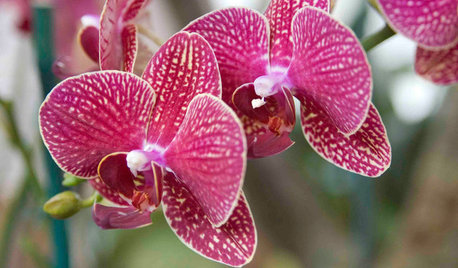
HOUSEPLANTSOrchids 101: How to Keep Your Moth Orchids Alive and Blooming
Growing Phalaenopsis — and getting it to flower again — is easier than you might think
Full Story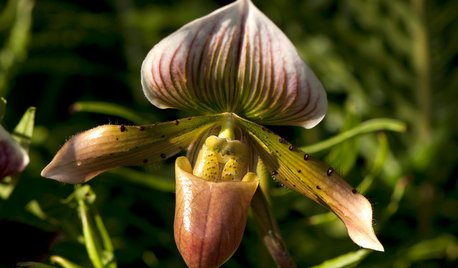
HOUSEPLANTSOrchids 101: Slipper Orchid Success
If you don’t already love Paphiopedilums, learning how to grow them with ease might change your mind
Full Story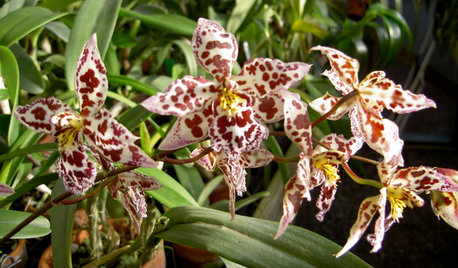
FLOWERSOrchids 101: Frilly Oncidiums Dance Their Way to Center Stage
Sprays of flowers characterize these New World orchids
Full Story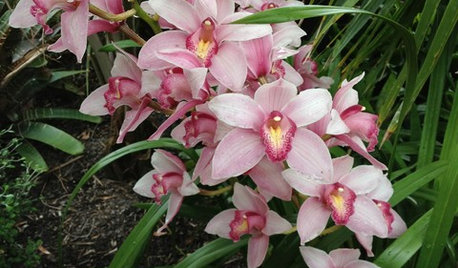
FLOWERSOrchids 101: Cymbidiums Add Beauty Indoors and Out
Their large, long-lasting flowers give them a place of honor in homes and gardens
Full Story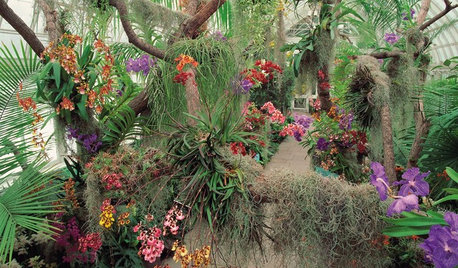
FLOWERSSee the Amazing Orchids Unfolding at a New York Garden Show
Get an eyeful of awe-inspiring orchids in incredible colors and learn how to keep one happily blooming at home
Full Story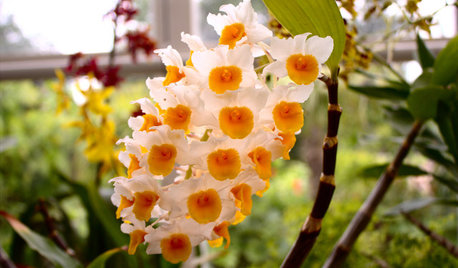
HOUSEPLANTSOrchids 101: Try Something Different With Dendrobiums
If you’re looking for something out of the ordinary, these orchids may be a good choice
Full Story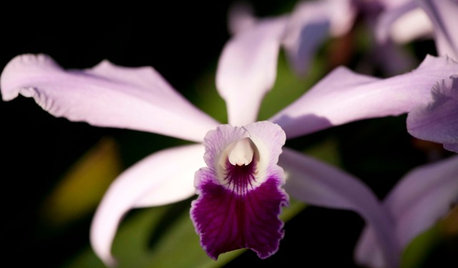
HOUSEPLANTSOrchids 101: Classic Cattleyas
These traditional corsage orchids can easily be a part of your collection of blooming plants
Full Story
COLORBest Ways to Use Radiant Orchid, Pantone's Color of 2014
Learn how to work in this bold fuchsia-pink-purple successfully around the home, and give it a yay or nay in the Houzz poll
Full Story
GARDENING AND LANDSCAPING9 Whimsical Touches to Wake Up the Garden
If the August heat is wilting your enthusiasm, try these playful ideas to jump-start your gardening moxie
Full Story








tab64